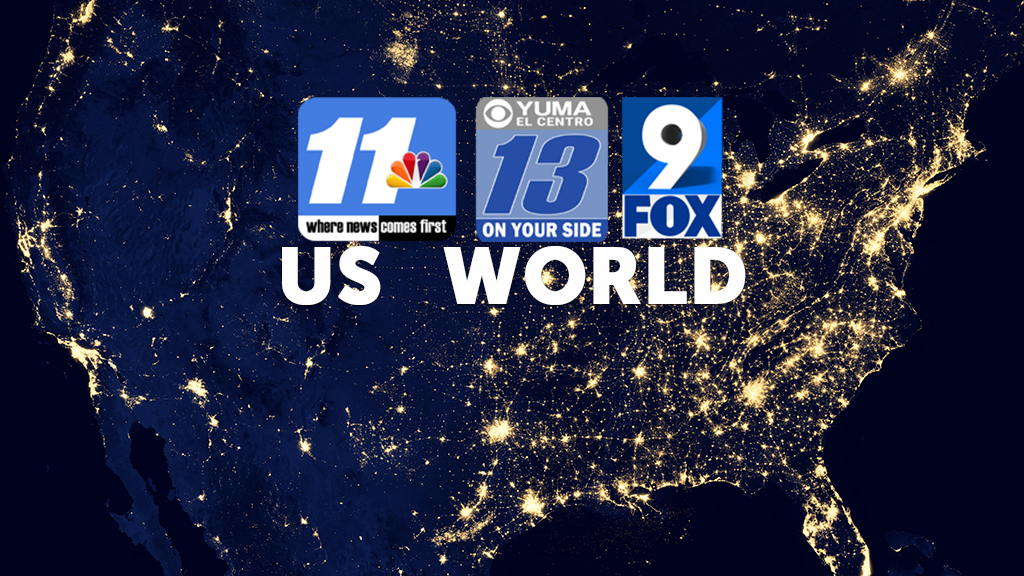How empty stadiums proved useful during the Covid-19 pandemic

On March 11, sports in the United States came to terms with the arrival of the coronavirus.
An NBA player tested positive shortly before tipoff in Oklahoma City, forcing the game’s cancellation. Within days, every major sports league in the US had shut down.
The ramifications of the Covid-19 pandemic continue to be felt in all corners of American life, as the nation approaches a full year’s worth of personal and economic devastation. Nearly 400,000 Americans have died from Covid-19.
Amid the turmoil, sports teams and cities opened their empty facilities for assistance efforts. Because of their day-to-day experiences with traffic flow, crowd control and project management, arenas and stadiums proved practical as Covid-19 testing sites and food banks.
During the 2020 election season, some became early voting and Election Day centers, allowing Americans easier access to voting while maintaining social distancing guidelines.
Now, stadiums are gearing up for the next phase of combating the pandemic. Health officials and local governments are working with sports facilities across the country to be used as vaccination hubs.
Sports leagues eventually restarted in summer with only limited crowds at a few select events. Many grandstands remain silent, yet their usefulness is apparent heading into the new year. The abrupt shift witnessed in 2020, from entertainment outlets to critical resource centers, provided images that were often hard to believe.
The pandemic in parking lots
The Covid-19 pandemic also brought a crippling economic crisis. More than 20 million Americans lost their jobs by the end of April.
The strain on food bank facilities soon followed the March lockdowns. Katie Fitzgerald, chief operating officer at Feeding America, a network of 200 food banks and 60,000 food pantries and meal programs, told CNN in late March that food banks reported a 40% increase in demand.
“It’s the speed that this is hitting us that is making it so difficult to contend with,” Fitzgerald said. “The current inventories that we have in place were not designed to serve the numbers of people who need help now.”
To help with dispensing, food centers were established by charities and organizations at stadiums nationwide.
Lines stretch beyond expectations
Stadium parking lots in the spring and summer, filled in years past by tailgaters, staff and street vendors, instead became home to pop-up tents for Covid-19 testing.
Nurses and health practitioners administered PCR nasal tests at a multitude of sports facilities, as state and federal governments raced to understand how widespread the virus had become.
Massive parking lots kept cars off main roads, freeing up traffic. The sheer volume of those in need, however, meant lines would stretch beyond anything expected.
Election season arrives
Arenas and stadiums across the country opened their doors in the fall for an additional purpose: polling locations during the 2020 election cycle. This gave many voters an alternate way to submit ballots and stay safe by limiting proximity to others and potential Covid-19 exposure.
Initially, voting locations in Atlanta during the June Georgia primary suffered from long lines and fewer election staffers, hindered by the realities presented by the pandemic.
In response, the Atlanta Hawks opened State Farm Arena as a November voting center for Fulton County, easily accessible via public transportation.
“State Farm Arena is an ideal solution to help us serve thousands of voters while maintaining social distancing requirements,” Mary Carole Cooney, chairperson of the Fulton County Board of Registration & Elections, said in June. “We appreciate the Hawks for coming to us with this creative solution.”
The NBA had more than 20 of its franchises offer their stadiums for polling and voting stations. Other sports league franchises also pitched in to increase safe voting access.
Hope springs eternal
The vaccines cleared for emergency use authorization in December by the Food and Drug Administration have given the nation a proverbial light at the end of the tunnel.
Stadiums that assisted with earlier food bank efforts, Covid-19 testing and voting were well-positioned for the next phase of pandemic relief.
On Friday, Dodger Stadium in Los Angeles became a hub for vaccine distribution, soon capable of inoculating 12,000 people each day according to officials.
Mayor Eric Garcetti referred to it as the “biggest vaccination site in the country,” urging eligible residents to get the vaccine. Other stadium programs are underway.
David Ortiz, public information officer for the LA City Fire Department, told CNN’s Paul Vercammen that working with the Dodgers and using their stadium lot is a boon for the county’s vaccination efforts.
“Three hundred and sixty-five acres of prime real estate in downtown Los Angeles, available for us to use to help and take care of people. We couldn’t have done this without them,” Ortiz said.